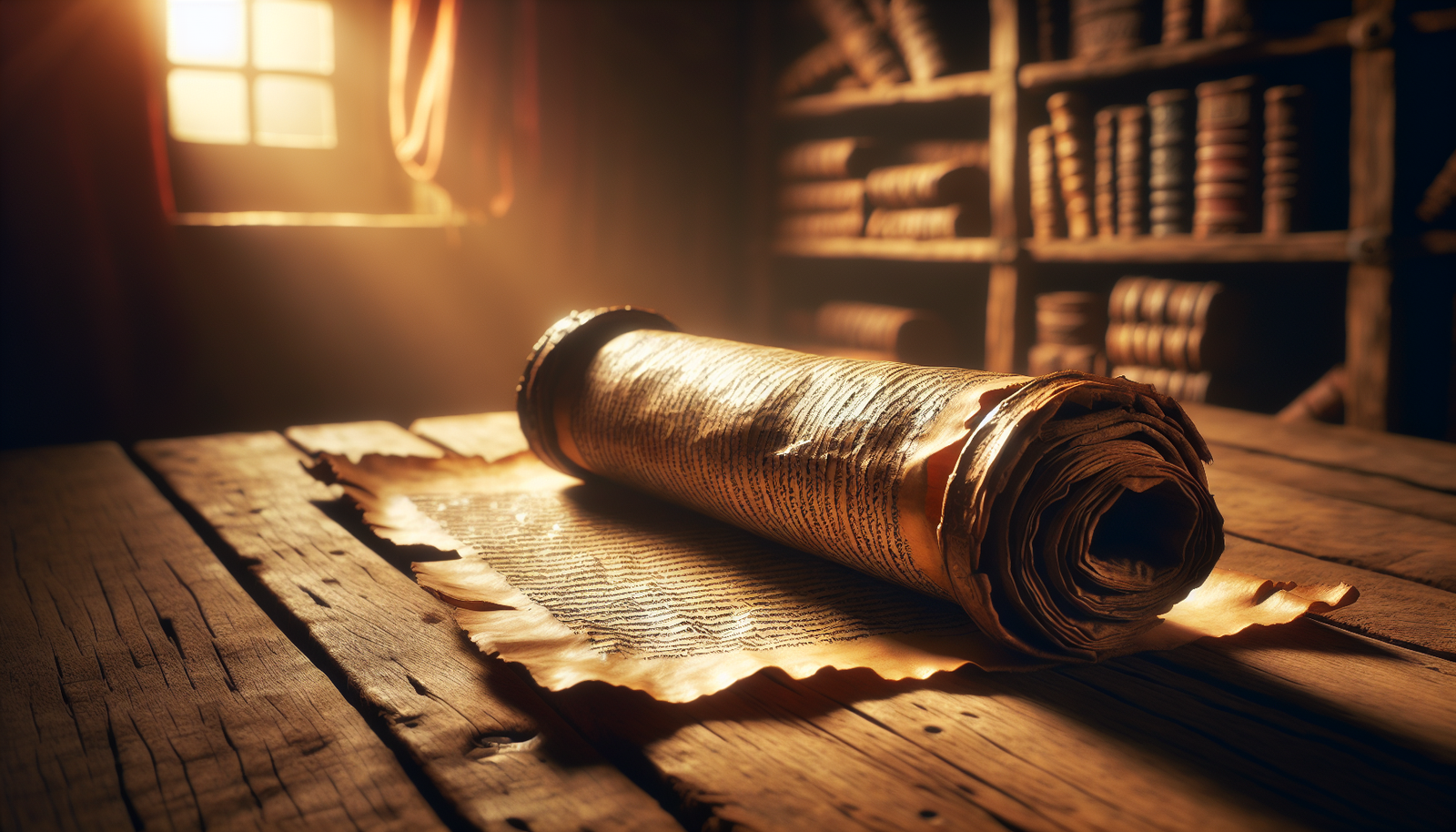What do you think about the concept of preserving ancient laws? It’s fascinating to consider how much effort and care went into safeguarding these guidelines, especially in the context of history where every word counted. Hillside dwellings, often associated with ancient scribes, serve as a remarkable backdrop for this exploration. Let’s take a closer look at how these structures connect to the preservation of laws, with a dash of wit and insight.

The Hillside Dwelling Phenomenon
Hillside dwellings, particularly in the ancient Near East, weren’t just homes; they were repositories of culture, knowledge, and law. Picture a world where your very existence relied on the wisdom inscribed on clay tablets or parchment. These homes perched on elevated landscapes had a strategic advantage—they were easily defensible and often close to natural resources. Yet, their significance extends beyond mere geography.
The Significance of Location
Living on a hillside often meant playing a pivotal role in community life. You weren’t just a resident; you were part of a living library. These elevated abodes were typically made from locally sourced materials, reflecting a harmony with the surrounding environment. Whether it was using mud bricks or stone, the dwellings showcased architectural ingenuity.
Accessibility to Resources: Hillsides provided fresh water, fertile land for agriculture, and hunting grounds. The very location became foundational to the livelihood and religious practices of its inhabitants.
Natural Defense: Elevated positions offered protection from invasions. This not only safeguarded day-to-day life but ensured that important documents and laws remained intact, pivotal for societal stability.
As neighbors gathered to discuss matters, the hillside dweller often found themselves in the role of a keeper of laws.
Scribal Culture: Guardians of the Law
Imagine scribes laboriously inscribing laws, either by the flickering light of a simple lamp or under the vast expanse of a starlit sky. These individuals were the backbone of civilization, ensuring that important texts were copied and preserved.
The Role of Scribes
Scribes weren’t just writers; they were scholars, historians, and custodians of a society’s moral compass. They had an immense responsibility, as the preservation of the law was tied closely to the survival of their culture.
Education and Training: Most scribes underwent rigorous training in language and literacy. Often, they started their education at a young age, learning how to read and write in script—whether in Hebrew, Aramaic, or Greek.
Types of Texts Created: Beyond legal documents, scribes inscribed everything from religious texts to records of significant historical events. This versatility placed them at the heart of cultural preservation.
The Process of Preservation
The methods scribes employed to maintain their texts were intricate and deliberate. The materials available dictated how these laws and histories were recorded.
Materials Used:
- Clay Tablets: Mainly used in Mesopotamia, they provided a durable surface but required specific tools for writing.
- Parchment and Papyrus: In later periods, these became popular in the Mediterranean world, offering a more portable solution for record-keeping.
Techniques: Scribal techniques included not just writing but also editing and copying texts to ensure accuracy. Errors were meticulously corrected, ensuring the integrity of the laws.
Insights from Archaeological Discoveries
Layered within the earth are countless archaeological findings that shed light on the scribal practices and legal traditions of ancient communities. These revelations paint a vivid picture of life long ago, where laws were not simply decrees but lived experiences.
The Dead Sea Scrolls: A Case Study
Among the most significant discoveries in the context of law preservation are the Dead Sea Scrolls. Found in the Qumran caves near the Dead Sea, these ancient texts, dating back to around 250 BCE to 68 CE, contain some of the oldest known copies of biblical texts.
Content of the Scrolls
The scrolls cover a range of genres, from biblical manuscripts to sectarian writings. Some notable points include:
Biblical Texts: Portions of nearly every book of the Hebrew Bible were found, showing the continuity of religious thought and law over time.
Sectarian Law: The Community Rule and the Manual of Discipline provide insights into how certain groups interpreted and implemented the law in their daily lives.
The Significance of Preservation
The careful storage and eventual discovery of these scrolls highlight the long-term commitment to preserving law and scripture. They serve as an extraordinary link to our understanding of religious practices and legal frameworks of the time.
Archaeological Context
Archaeological studies surrounding these scrolls have unveiled the landscape of the regions where scribes worked and lived. This includes:
Caves and Writing Implements: Findings of ink, writing instruments, and storage jars suggest specific practices for document preservation.
Settlement Patterns: These studies reveal insights into how scribes worked in conjunction with their communities, further adding to the law’s preservation.
Legal Tradition in Ancient Cultures
As you consider the role of scribes and hillside dwellings, it’s impossible to overlook the various legal traditions that existed across ancient cultures. These laws governed everyday interactions, shaped societal norms, and ultimately defined civilizations.
Comparisons of Legal Systems
When you look across cultures, certain foundational principles emerge in their legal frameworks. Some examples include:
Code of Hammurabi (Babylon): One of the earliest and most complete written legal codes, it established standards of justice, emphasizing proportionality in punishment.
Roman Law: Focused on the principles of fairness, representation, and detailed regulations, Roman law influenced judicial systems for centuries.
Biblical Law: Encompassing moral and ethical standards, biblical laws guided communities in their conduct and governance.
The Role of Law in Society
Laws can often be seen as a reflection of a society’s values and priorities. They served multiple purposes:
Regulating Behavior: From property rights to marriage, laws helped maintain order and structure within communities.
Cultural Continuity: By preserving laws through writing, cultures created a shared identity, fostering a sense of belonging.

The Intersection of Law and Theology
One cannot discuss the preservation of law without considering its theological implications. The intertwining of legal and religious beliefs provided a moral foundation for ancient societies.
Scriptural References to Law
Throughout scripture, you find an ongoing dialogue about law and its significance. For instance:
Exodus 20: The Ten Commandments illustrate the moral foundation of biblical law, guiding behaviors in both religious and civil matters.
Deuteronomy: This book reiterates the importance of law, commanding the Israelites to keep and teach these decrees within their community.
The Influence of Religion on Law
Religious beliefs not only shaped laws but also dictated how laws were interpreted and enforced. Communities often looked to their religious leaders for guidance in matters of law, intertwining governance with spirituality.
Modern Perspectives on Law Preservation
Reflecting on the ancient methods of preserving law can offer significant lessons for modern society. As we navigate through a complex world of legal challenges, the wisdom of the past becomes even more relevant.
The Importance of Documentation
In the current age of information, the emphasis on preserving laws and regulations is paramount. The digital era has opened up new avenues for documentation, yet the core principles of careful preservation remain useful.
Strategies for Modern Preservation
Digital Archives: The transition from parchment to pixels presents new challenges and opportunities. Implementing robust digital preservation strategies ensures longevity.
Community Involvement: Just as ancient scribes relied on their communities, modern efforts to maintain legal traditions also benefit from grassroots support and awareness.
Learning from the Past
The ancient focus on preserving law teaches us that laws are not just rules but are foundations for societal stability and progress.
Understanding Context: Analyzing the socio-cultural context in which laws were formed can enhance modern legal interpretations.
Continuity and Change: Just as the ancient scribes adapted texts over time, there exists a necessity to evolve legal frameworks to address contemporary issues.
Conclusion
Preserving the law is a time-honored endeavor that carries a significant weight in both ancient and modern contexts. The hillside dwelling, with its historical prominence, serves as a poignant reminder of the effort involved in safeguarding knowledge.
As we reflect on the scribes’ dedication and the various cultural practices of law preservation, it becomes clear that laws are not merely imposed rules but rather reflections of our collective values and commitments. By acknowledging the past, we can strive to create a future where laws continue to serve as a foundation for justice, community, and ethical living.



